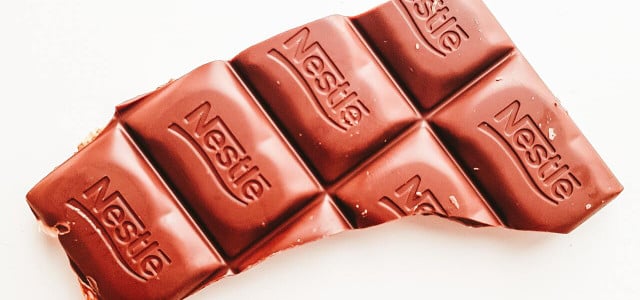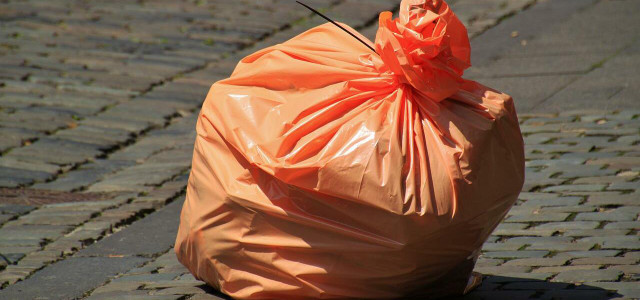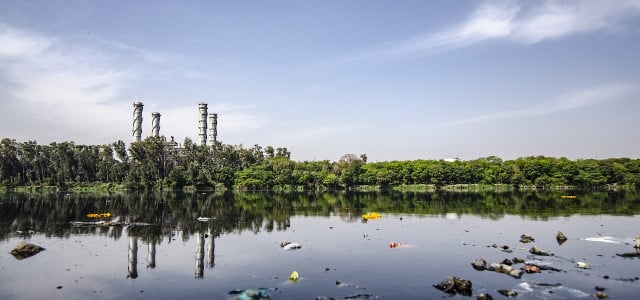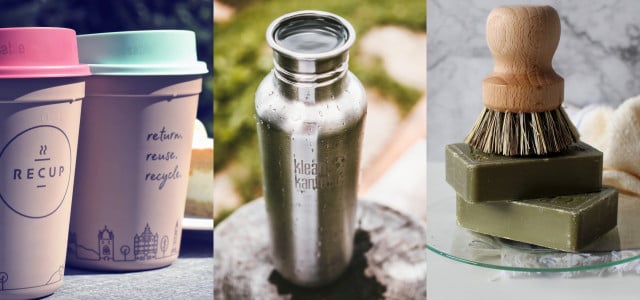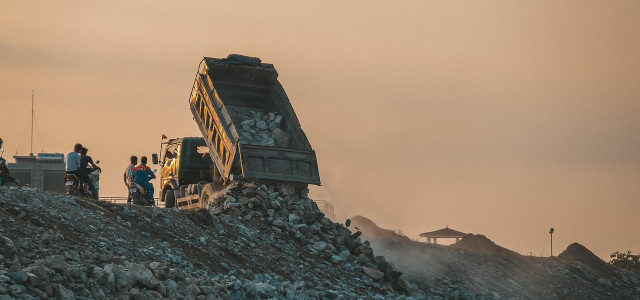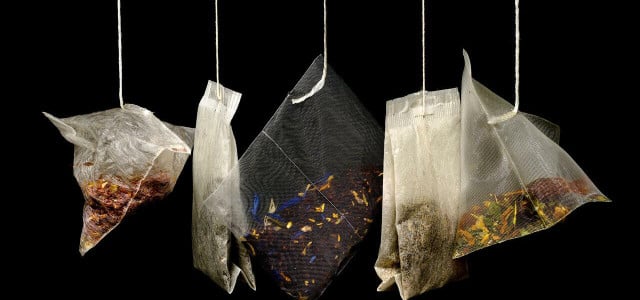Plastics and other pollutants in the ocean are frequently overlooked environmental issues. Despite our current efforts to reduce, reuse, and recycle, the problem of ocean pollution continues to grow. What can we do about it?
Ocean pollution seems like an insurmountable problem. In recent years, reports of pollution in the ocean have appeared with startling frequency — swirling heaps of garbage in the Pacific, dead zones, ocean acidification, animals tangled up in or eating plastic waste. Sadly, these reports barely scratch the surface of sea pollution.
The simple fact is there are unimaginable amounts of plastic waste in Earth’s open water bodies. From entire greenhouses and fishing nets to ocean microplastics, open water contains all matter of plastic trash.
The images we see on the news show large pieces of plastic drifting on the ocean’s surface. In reality, the bulk of it sinks deeper into the water. In some areas, water samples contain up to six times more plastic than plankton. Furthermore. several deep-sea expeditions have discovered huge volumes of plastic building up on the seabed. In short, the ocean is full of plastic.
Pollutants in the Ocean: By the Numbers
Ocean pollution is difficult to measure. In 2014, one study concluded that there are at least 5.25 trillion plastic particles just floating around. According to the report, the majority of these are microplastics or particles smaller than 5mm. One can make an educated assumption that, considering the lack of action taken in the past decade, pollutants in the ocean have only gotten worse.
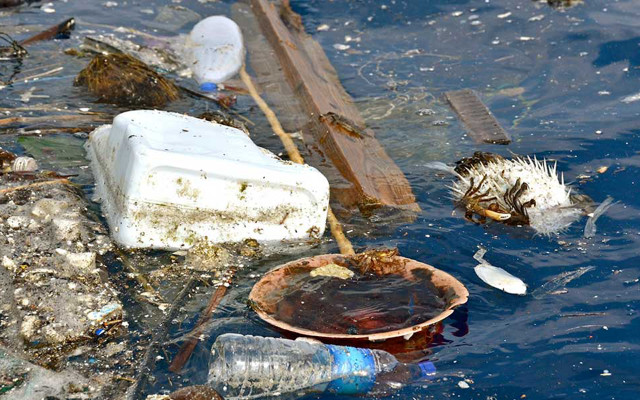


Apart from a handful of NGOs and private initiatives like Healthy Seas or Ocean Conservancy, there is little willingness to take responsibility. The Ocean Cleanup project has developed a technique to clean the oceans of garbage on a large scale. The Pacific Garbage Screening is also working on a solution.
Why Is Water Pollution in Oceans a Problem?
Plastic and other forms of ocean pollution are a serious problem, not just an eyesore. Ocean pollution is destroying ecosystems. Larger pieces of floating trash pose an immediate risk to marine organisms, which can get tangled up in them and die. Microplastic, chemicals and smaller pieces of garbage are ingested by a wide variety of sea creatures when they mistake it for food or consume it together with their natural food source.
Plastics contain hazardous materials and act almost like a magnet for environmental toxins. This makes them all the more dangerous for any species that come into contact with them. Eventually, these toxins travel up the food chain, landing on dinner plates. Pollutants in the ocean are a huge reason microplastics are in our food.
Pollution also suffocates corals, which absorb tiny plastic particles but have no way to expel them. In hand with other negative effects of climate change, like increasing temperature, water pollution in oceans leads to coral bleaching.
How Does Ocean Pollution Happen?
An estimated 80% of plastic and garbage in the ocean comes from land-based sources. The remaining 20% comes from ships and drilling platforms. Much of it arrives via rivers and other waterways, often traveling great distances from local streams, flowing into larger rivers and eventually the open ocean.
Wastewater and wind distribute plastics far and wide. Ocean currents, tides and storms quickly carry plastics from the coasts to remote areas. Researchers have even found plastic near islands hundreds of miles from the nearest humans and in remote areas of Antarctica.
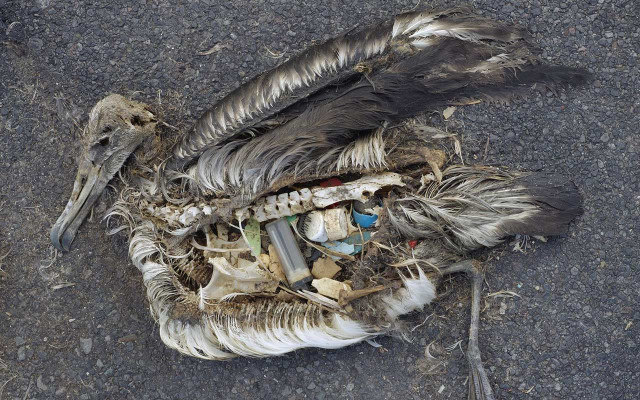


Solutions to Ocean Pollution
Yes, the state of the ocean — and the environment in general — is anxiety-inducing. So much so that a new term has even been coined to describe the feeling: eco-anxiety. Water pollution in oceans is a serious problem without a clear-cut solution.
Have you ever questioned the role you play in all of this? Most of us don’t throw plastic garbage directly into the sea, so how exactly is this our fault? The truth is we are often unaware of how actively we contribute to pollutants in the ocean. Understanding the issue is easier when you consider the following points.
Microplastics: A Leading Cause of Ocean Pollution
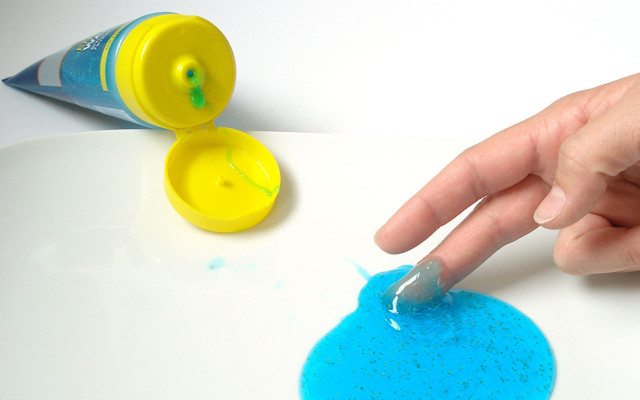


Particularly insidious because they are almost invisible, microplastics infiltrate water systems from residential drains and city streets. Toothpaste, exfoliating scrubs, shower gels and many other cosmetics and personal hygiene products contain tiny plastic particles that cannot be filtered out. There is almost no stopping them from reaching waterways and oceans — unless we stop using them altogether. That is surprisingly easy to do…
Solution: Start making the switch to natural cosmetics and personal hygiene products. If you use exfoliating face wash, swap it for a non-exfoliating version. Facial exfoliation scrubs, homemade lip scrubs and sugaring recipes are simple to make at home and are better for your skin (and wallet). You can also scan ingredient lists — avoid the ones below, which indicate microplastics:
- Polyethylene (PE)
- Polypropylene (PP)
- Polyethylene terephthalate (PET)
- Polymethyl methacrylate (PMMA)
Textiles and Synthetic Fibers
Cosmetics are not the only culprit. Clothing made with synthetic fiber also releases plastics and chemicals, straight from your washing machine, down the drain and into the sea. Items like fleece jackets, sportswear and shirts containing synthetic fibers (polyester, nylon, acrylic, etc.) shed them every time they are washed. Washing machines cannot filter out these microscopically small fibers, nor can sewage treatment plants. As a result, these plastic particles quickly become pollutants in the ocean.
Solution: Purchase clothing and textiles made from natural fibers whenever possible. Natural fibers contain plant-based materials like cotton, linen and jute, or animal-based fibers like silk and wool. Sustainable textiles are also gaining more and more attention: tencel fabric and banana fiber are interesting developments.
Plastic Pollution in the Ocean
Waste that is thrown out or carelessly left somewhere, in a park or along a road, is a serious problem. That snack wrapper, cigarette butt or plastic bag is easily blown into the nearest waterway, which then slowly but surely becomes sea pollution.
Solution: Reduce waste by changing your shopping habits and practicing conscious consumerism. For some simple tips for getting started, read our guides Life Without Plastic: Simple Tips for Going Plastic-Free and How to Stop Buying Vegetables in Plastic Packaging.
Ocean Pollution from Landfills
Even when a large portion of plastic waste is recycled or incinerated, tons of it still ends up in landfills. Despite the best precautions, this continues to be one of the places from which (plastic) garbage can start its journey into the sea. Waste can be blown or flushed into surrounding waters, which then transport it into the ocean.
Solution: The problem of landfills is a larger issue that society will have to solve together. In the meantime, you can help by recycling and composting correctly, and reducing the amount of pointless trash you generate. Learn what you can compost and what you can’t, avoid common recycling mistakes and do what you can to get closer to a zero-waste lifestyle. For baby steps towards generating less waste, try for a zero-waste kitchen or zero-waste bathroom.
Ocean Pollution: Fishing Nets Overboard
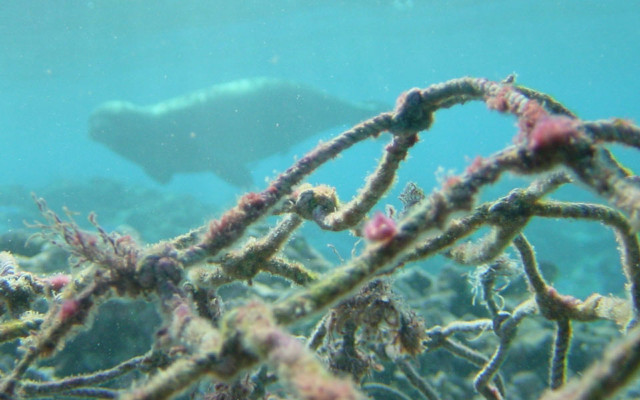


Lost or discarded fishing nets make up a considerable part of the bulk plastic waste in the oceans. They are made of synthetic fibers, so-called “ghost nets.” For marine organisms like fish, turtles, dolphins or whales, they are life-threatening. Animals can become bycatch, getting tangled in and dying in the nets. Furthermore, if nets sink to the seabed, they can destroy entire ecosystems.
Solution: The fishing industry and its nets exist because we like eating fish. In this respect, we are contributing to sea pollution, even if indirectly. If you want to see fewer marine organisms die from ghost nets, eat less of it, or none at all. It’s as simple as that. Also, avoid eating swai fish and tilapia.
Ships Dumping Trash into the Sea
Cargo ships and cruise ships are obvious contributors to the increasing quantities of sea pollution. Sometimes accidentally, but unfortunately also often deliberately, garbage from ships ends up water pollution in the ocean.
Solution: We can only do something about this sort of ocean pollution indirectly, by becoming more discerning about the goods imported by ship from faraway places. We can also forgo the lengthy travel hours in favor of vacationing closer to home. Is that next cruise really necessary?
Check out our Recreation & Travel articles for fun and eco-friendly travel ideas.
What Other Ocean Pollution Solutions Exist?



- Avoid plastic when possible: Use cotton bags instead of plastic bags, and buy unpackaged vegetables from the farmers’ market. And definitely steer clear of black plastics.
- Be consistent about recycling: Many cities offer residential collection of recyclables, neighborhood collection points or recycling center drop-offs free of charge.
- Stop buying cosmetic and hygiene products containing microplastics. Beat the Microbead has compiled a helpful product guide for microplastics by country. You can also look into zero-waste makeup and DIY beauty products, which are often better for your skin and less expensive than store-bought.
- As you replace your clothing, linens and cleaning towels, seek options made of organic cotton or other natural fibers, so no more synthetic fibers are washed into the sea from your washing machine. Look for items made using wool like mohair, cashmere and merino wool.
- Talk about it: Explain to your friends why you avoid plastic. Combat climate change denial whenever you can, and tell people about the problems sea pollution causes. Many people stick to their habits not out of indifference but because they don’t know. Together, we can come up with ocean pollution solutions that really address the current water crisis.
Do you like this post?







